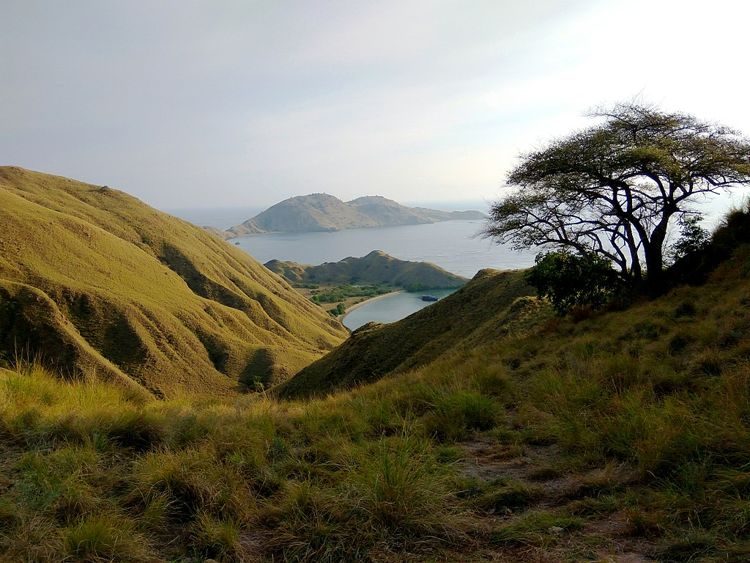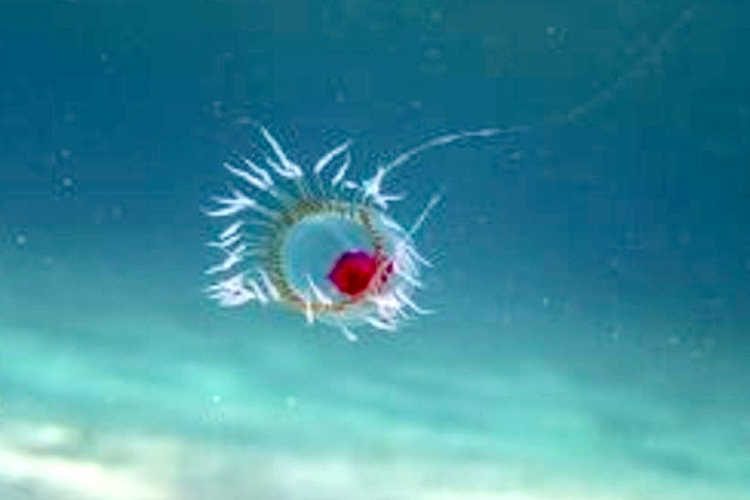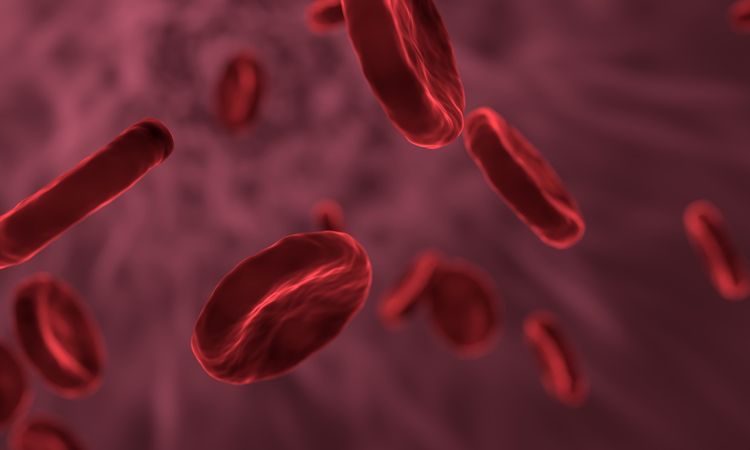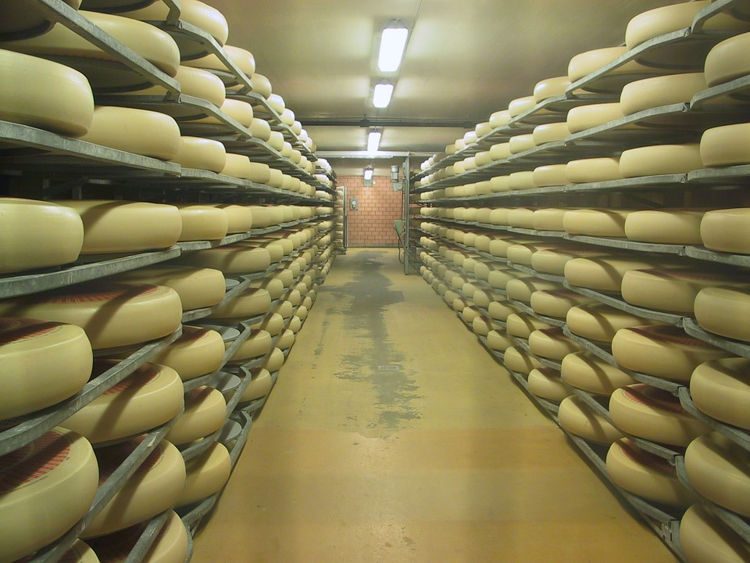The Curious Case of a Man Who Cannot See Simple Digits From 2 to 9

Scientists at Johns Hopkins University recently reported the strange case of a man’s whose rare degenerative brain disease left him unable to distinguish basic numbers from 2 to 9. After studying an engineering geologist diagnosed with a rare degenerative brain disease called corticobasal syndrome for eight years, researchers published a study which they claim suggests […]
Concerning Number of Americans Drinking and Gurgling Bleach to Prevent Covid-19

The results of a recently-published survey conducted by the Center for Disease Control (CDC) suggest that 39 percent of Americans are using bleach and other high-risk cleaners in improper ways in order to prevent getting infected with the novel coronavirus. After noticing an unusual spike in calls to poison control center about harmful exposures to […]
Scientists Create Alien-Looking Bioluminescent Plants Reminiscent of ‘Avatar’ Jungles

Stunning-looking luminescent plants have become popular in science-fiction and fantasy films in recent years, but if the recent achievement of an international team of scientists is any indication, self-sustaining bioluminescent plants are already a reality. In 2017, MIT researchers announced an important breakthrough in their quest to make plants that glow in the dark a […]
Swiss Scientists Create Shimmering Rainbow Chocolate

A group of scientists from ETH Zurich and FHNW University of Applied Sciences and Arts Northwestern Switzerland recently filed a patent for a process that makes chocolates shimmer in rainbow colors without using food coloring. The story of shimmering rainbow chocolate began on the corridors of a university building, when food scientist Patrick Rühs, materials […]
ZBiotics – A Probiotic Drink Genetically Engineered to Prevent Hangovers

We humans have been looking for an effective way to prevent or at least treat hangovers for a long time, but one Silicone Valley startup claims to have finally found a way to ease the uncomfortable side effects of drinking. Zbiotics is the world’s first genetically modified probiotic. It’s not marketed as an explicit cure […]
The Indonesian Island That Somehow Makes Mammals Smaller

Ever since the remains of “Homo Florensis”, an extinct species of unusually short humans, were discovered on Flores Island, in eastern Indonesia, scientists have been fascinated with this patch of land, which apparently has the power to somehow make mammals shorter and smaller. It all began in 2004, when the remains of a human who […]
The Immortal Jellyfish – The Only Creature Known to Be Able to Live Forever

Turritopsis dohrnii, a small species of jellyfish native to the Mediterranean, is commonly known as the “immortal jellyfish, and it literally lives up to its name. Possessing the ability to revert to its a sexually immature stage instead of succumbing to an inevitable death, this tiny creature holds the secret to true biological immortality. Humans […]
Alleged “Sonic Attacks” at Cuban Embassy Shrunk Victims’ Brains, Study Suggests

Between 2016 and 2018 a number of US and Canadian diplomats working at an embassy in Havana, Cuba, reported symptoms like headaches, nausea and memory loss after hearing mysterious noises. The phenomenon became known as the “Cuban Sonic Attacks”, but Havana authorities have so far denied any wrongdoing. However, a recent study suggests something did […]
You Have Tiny Mites Living Inside Your Face And There’s Nothing You Can Do About It

Did you know you have dozens of tiny eight-legged arachnids living inside the pores of your face, feeding on the sebum secreted by the skin and mating on your face as you sleep? Don’t freak out, though, we all have them, and there’s nothing we can do to get rid of them. Demodex folliculorum, or […]
Golden Blood – The World’s Rarest and Most Precious Blood Type

Golden Blood, or Rh-null blood is an extremely rare blood type that has only been identified in 43 people around the world in the last 50 years. It is sought after both for scientific research and blood transfusions, but also incredibly dangerous to live with for the people who have it, because of its scarcity. […]
Research Suggests Eating a Side of Dirt with Your Food Can Help You Lose Weight

Researchers at the University of South Australia claim to have discovered clay materials in a certain type of dirt, which, if consumed with an evening meal can help soak up fat droplets from the gut. Obesity costs the global economy an estimated $2 trillion every year, and countries around the world spend even more trying to […]
Chinese Scientist Claims to Have Created the World’s First Genetically Edited Babies

Chinese researcher He Jiankui recently shocked the entire world after revealing that he had altered the DNA of twin girl before birth, to make them immune to the HIV virus and AIDS. If his claims prove to be true, these twins would be the world’s first genetically-edited babies. Professor He revealed his controversial genetic editing […]
Swiss Cheese Maker Plays Music to His Cheese to Make It Taste Better

A cheese maker from the Emmental region of Switzerland has been experimenting with various musical genres to see if they can make his cheese taste better. Since September, cheese maker Beat Wampfler has been blasting musical masterpieces by legends such as Led Zeppelin and A Tribe Called Quest to his wheels of Emmental cheese, hoping to […]
Reverse Pinocchio – Researchers Find That Your Nose Shrinks When You Lie

Pinocchio may be just a children’s fairy tale, but Spanish scientists at the University of Granada recently investigated the so-called ‘Pinocchio effect’ and found that our noses don’t grow when we tell a lie, but actually shrink a bit. Dr Emilio Gómez Milán and his team developed a lie detector test that used thermography to […]
Sans Forgetica – A Font Designed to Help You Remember What You Read

Developed by researchers and designers specializing in typography and behavioral science, Sans Forgetica is a new font designed to help readers better remember the information they read by forcing them to spend a bit more time on each word. The design of Sans Forgetica is based on a font called Albion, but with substantial modifications to […]
